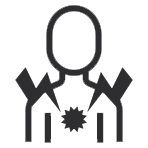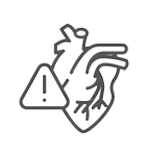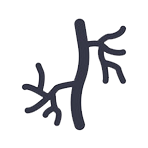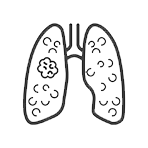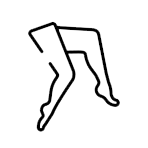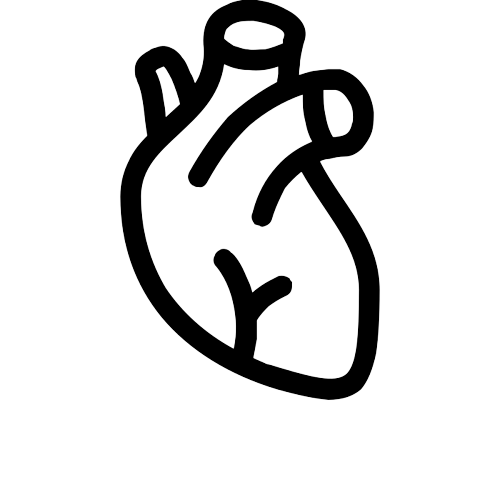Coronary artery disease
Coronary artery disease is a cardiovascular disorder that affects the heart’s primary blood arteries. The most likely cause of coronary artery disease is the accumulation of cholesterol and other blood particles on the vessel walls. This sticky material, known as plaque, narrows the arteries and restricts blood flow.
Q & A
What is coronary artery disease?
Coronary artery disease is a cardiovascular disorder that affects the heart’s primary blood arteries. The most likely cause of coronary artery disease is the accumulation of cholesterol and other blood particles on the vessel walls. This sticky material, known as plaque, narrows the arteries and restricts blood flow. As a result, you may get chest discomfort and shortness of breath, and you may suffer a heart attack.
What tests may be required to diagnose coronary artery disease?
Cardiac stress test
A cardiac stress test assesses your heart’s function throughout exercise. As with a regular ECG test, you wear electrodes that record your heart’s activity on an ECG equipment.
The stress component comes from you exercising on a treadmill or stationary bicycle to elevate your heart rate. This test can uncover abnormalities that a typical ECG may miss. An echo stress test is quite similar to a standard stress test, except it employs ultrasound technology to provide precise pictures of your heart’s performance.
Cardiac catheterization
Cardiac catheterization can both identify and treat cardiovascular and cardiac conditions. The doctor inserts a catheter, a long, thin tube, into an artery and guides it through the blood arteries to your heart. This catheter can be inserted in the groin or your arm. Through this tube, an angiography is produced by injecting dye through the arteries. Under X-ray imaging, the dye reveals places in which your arteries are constricted or clogged.
What is the treatment for coronary artery disease?
Prevention and making the necessary lifestyle modifications to slow the buildup of plaque that leads to coronary artery disease. Addressing risk factors such as obesity, cigarette smoking, elevated cholesterol, and lack of exercise can reverse a significant number of damages done.
You may also require medicine in the beginning phases to prevent blood from clotting and blocking an artery. From there, if the cholesterol is elevated, a cholesterol-lowering medication may be recommended.

